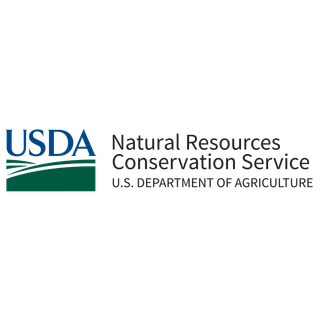Aldo Leopold must have had Noll’s Dairy Farm in mind when he wrote “the landscape of any farm is the owner’s portrait of himself.” Perched high above the Mississippi River on Wisconsin’s western bank, it’s a masterpiece for all to admire.
Mark, Curtis, and Scott Noll and their families have long appreciated and enjoyed the natural resources in their care. Their farm consists of 400 acres of contoured corn, soybean, and hay fields managed in concert with 450 acres of adjacent forests, oak savannas, and prairies that provide timber production and wildlife habitat.

Nothing showcases their commitment to conservation like their restoration of a dry bluff prairie remnant. These ecologically rare landforms, nicknamed goat prairies, are sparsely found along the Mississippi River bluffs of western Wisconsin. The Nolls were inspired to act after learning of their significance in the 1990s.
With sweat equity from family and friends, and little monetary assistance from state or federal programs, they removed undesirable trees and brush, and conducted prescribed burns. Today they actively manage one of the largest dry bluff prairie remnants in Buffalo County.
Through this process they also restored oak savannas, which is notable because prairies and oak savannas are among the most threatened natural communities in Wisconsin, currently occupying less than one percent of their historic range. Noll’s Dairy Farm is located along a winding road that leads to a popular overlook of the Mississippi River. A roadside sign informs motorists of the rare ecosystem that was brought back from the brink.
Also noticeable from the road is the contour strip cropping system that divides the farm into 119 fields. This scenic yet practical configuration, coupled with a no-till system, helps prevent soil erosion. The Nolls also plant winter rye, turnips, and tillage radishes as cover crops to improve soil health and prevent erosion.
Given their location hundreds of feet above the Mississippi River, the Nolls understand the importance of keeping soils in place and away from surface and ground waters. Since 1969 they have installed more than 20 earthen dams and erosion control structures to prevent the formation of gullies. Manure from the Noll’s dairy cows is kept in a storage facility before its nutrients can be spread as fertilizer on fields.
Construction of the manure storage was largely financed with revenues from selectively harvesting mature timber on the farm. Since drafting their first timber harvest management plan in 1997 the Nolls have continuously improved timber stands for future generations, and enhanced wildlife and pollinator habitat.
The Nolls enrolled 735 acres in a cooperative effort with Wisconsin’s Department of Natural Resources in 2014 that manages deer populations at levels that support hunting and regeneration of woodlands. The Nolls have since attributed a reduction in crop damage to giving deer a choice of habitats due to dozens of different forestry projects underway.
The family annually hosts a hunter education course to ensure a conservation ethic is instilled into youth. By hosting tours for schools and conservation organizations, the Nolls show others what dry bluff prairies, oak savannas, and a strong land ethic look like.
View the conservation success story of Noll's Dairy Farm











